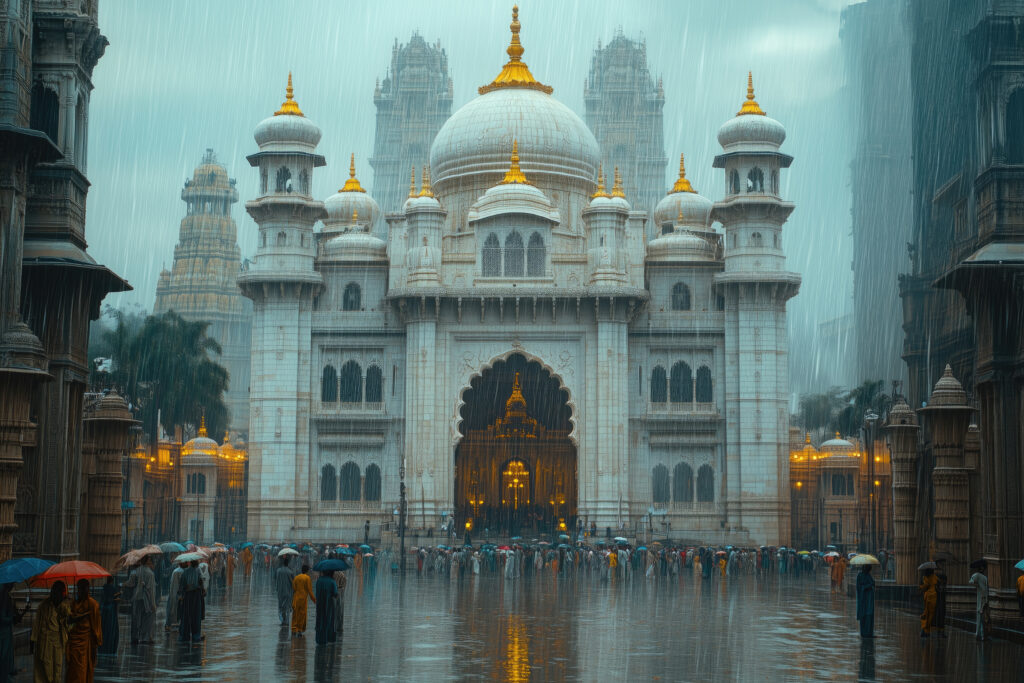The Sikh Rule in Lahore (1799–1849) marks a pivotal period in the city’s history. Under the leadership of Maharaja Ranjit Singh, Lahore became the political and cultural capital of the Sikh Empire, experiencing significant administrative reforms, architectural developments, and cultural growth.
Historical Background
In 1799, Maharaja Ranjit Singh captured Lahore, establishing it as the capital of his Sikh Empire. His reign lasted until 1839, after which Lahore remained under Sikh control until the British annexation in 1849. This era is notable for its stability, prosperity, and urban development.
Governance and Administration
Under Sikh rule:
- Lahore served as the political and military capital of the Sikh Empire.
- Maharaja Ranjit Singh implemented efficient taxation and law enforcement systems.
- Trade and agriculture were encouraged, making Lahore a commercial hub.
- The administration included local leaders, military generals, and councilors to manage city affairs.
Cultural and Architectural Contributions
The Sikh era left lasting cultural and architectural marks on Lahore:
- Lahore Fort Renovation: Extensive repairs and additions, including Sheesh Mahal and Naulakha Pavilion.
- Samadhi of Ranjit Singh: Mausoleum of Maharaja Ranjit Singh, showcasing Sikh architectural elegance.
- Gurdwaras and Temples: Construction of religious sites for the Sikh community.
- Urban Development: Markets, roads, and public buildings flourished under state patronage.
Military Significance
Lahore became a strategic military center under the Sikh Empire:
- Fortifications were strengthened to protect against invasions.
- Lahore’s army played a critical role in defending the empire and expanding its territories.
Legacy of the Sikh Rule
The Sikh period contributed significantly to Lahore’s cultural, architectural, and urban heritage:
- Strengthened forts, gardens, and religious structures still admired today.
- Established Lahore as a prosperous administrative and commercial city.
- Left a blended cultural identity, influencing subsequent British colonial and modern urban development.
Conclusion
The Sikh Rule in Lahore (1799–1849) was a transformative era that shaped the city’s political, cultural, and architectural landscape. Maharaja Ranjit Singh’s vision and governance not only fortified Lahore as a capital of a powerful empire but also enriched its heritage, leaving a legacy that continues to define the city’s historical identity.

